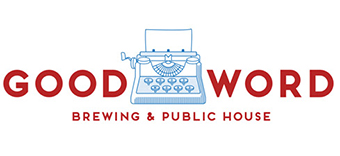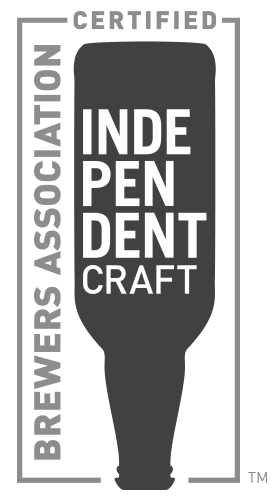THE STORY OF: DIE TODD DIE, 5% PILSNER
“Well, it’s sort of an inside joke, in part self-deprecating humor.” Todd smiles and laughs when talking about the origins of the name. “As I’ve often said, Todd is a terrible name and there are only a couple of good ones out there 😉. However, it’s mostly about not taking it all too seriously.” Talk to any of us here at Good Word, or even just sit back with a beer and watch us as we take care of you, and you’ll see that we have a lot of pride in all aspects of what we do. We’re constantly trying to improve and sharpen as we progress, but all the while knowing that at the end of the day – it’s only food and beer. We balance it all out with a bit of humility, a smile on our faces, and having a great amount of fun as we go.
Die Todd Die is all of the above in a nutshell. It’s a blend of approaches, processes, and ingredients to create something we, and our guests, would want to drink often. The idea of having a beer our guests can count on and see on the menu all the time (well, mostly. We do our best to keep up with you!) is important to us. “It’s certainly seen some evolving over the years as my skills as a brewer grew, and so did the technical aspects of the beer. I’ve never lost sight of what the beer was trying to achieve though, being both that constant, but with flavor and intrigue enough to make it worthy of being on the menu.”
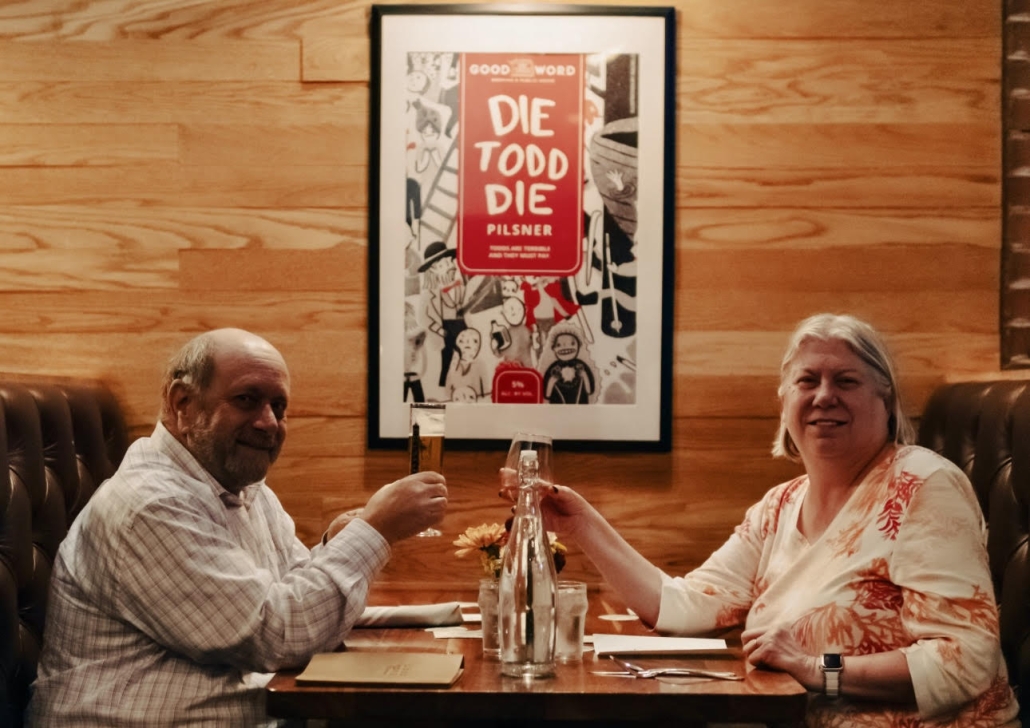
For the base of the beer, we use Weyermann Floor-Malted Bohemian Pilsner malt, brought into Germany from the Czech Republic. It is slightly undermodified so it lends itself to seeing a decoction, where a portion of the mash is boiled and then blended back in to create more malty, toasty flavors and depth of color. “Originally this beer did not include a decoction.. I used a malt that is designed to mimic this flavor instead.” Todd recalls. “ That was until we had a 12-tap takeover at one of the best beer bars in the world called Churchkey in DC. One of the guests told me he could taste it. Now, this is a 330-gallon recipe with only about 15lb of this malt, but right then and there I was like I’m taking it out! Over the years I began performing the single decoction on the mash and it’s been the same since!”.
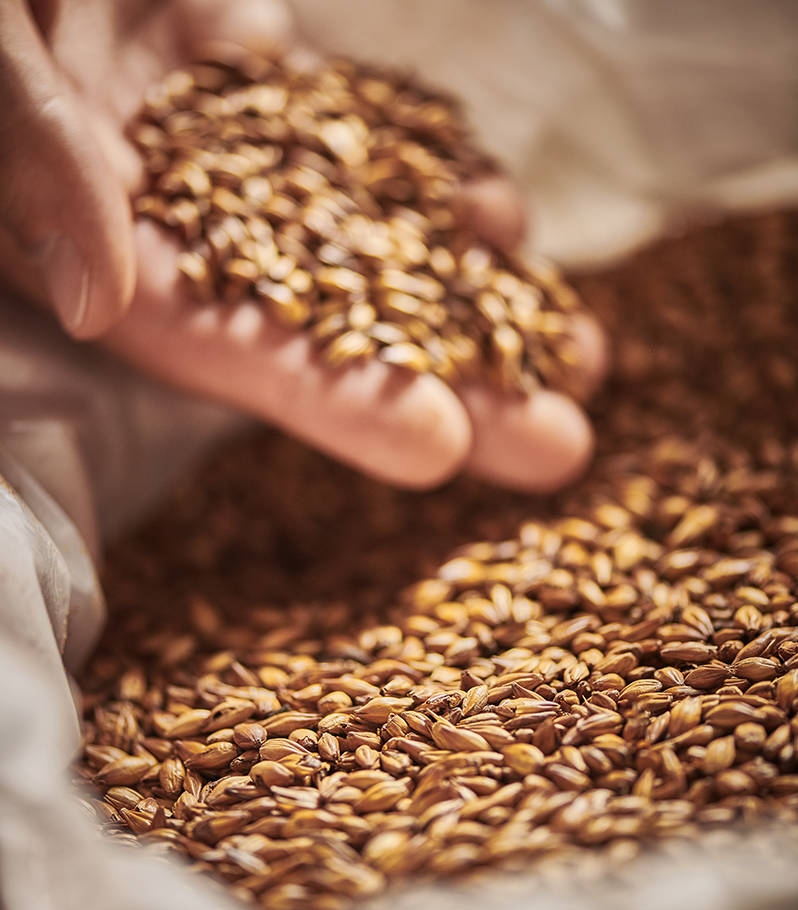
That isn’t the only way Die Todd Die has developed over the years. Originally this beer blended one of our favorite American hops – Sterling, and Saaz. Over the years I kept cutting back the Sterling until removing it completely. Now fully utilizing Saaz, one of the four Noble hops, it offers the beer gentle bitterness along with modest, delicate aromas that compliment the Pilsner malt. Ayinger’s Bock yeast finishes off the beer, with its neutral flavor contribution that lends itself to more malt-forward beers.
Spunded during fermentation like many of our beers, we use almost no co2 to carbonate this beer as a result of that natural co2 capture. “The result is essentially a hybrid of Czech and German Pilsner, blending both approaches and ingredients along with process to make something I want to drink often, and seemingly y’all!. It’s balanced with a crackery, zippy finish!”.
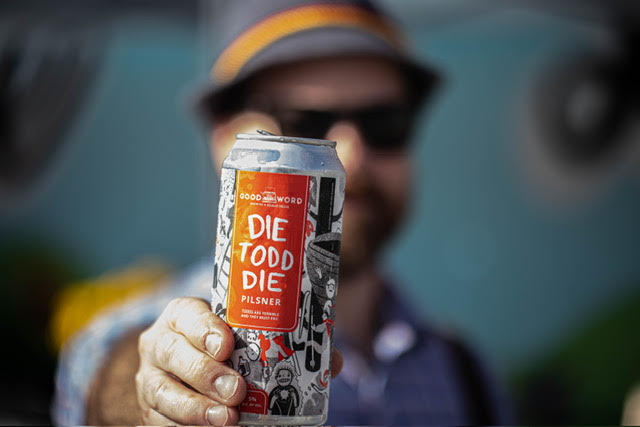
Bringing it all together, and offering yet another nod to our obsession with tradition, Die Todd Die is poured through a LUKR, a Czech faucet that creates a pillowy foam head. It’s the only non-Czech beer that we pour through a LUKR, but as it’s so damn close and it’s our house lager, we’re cool with that!
